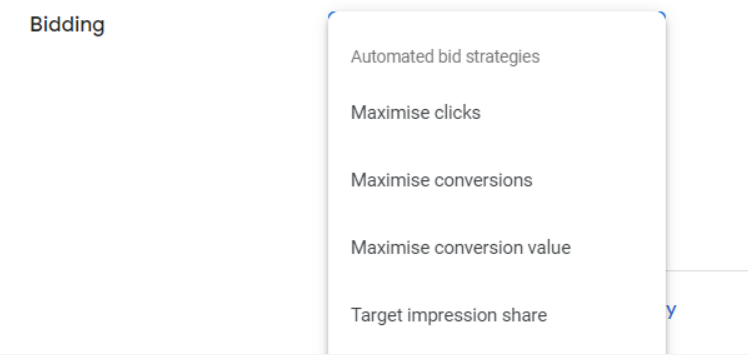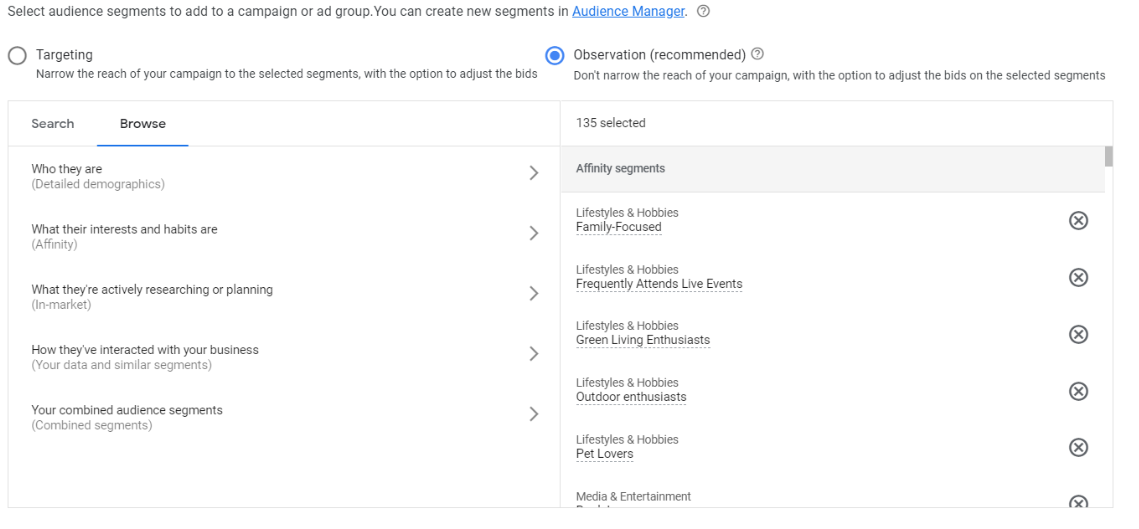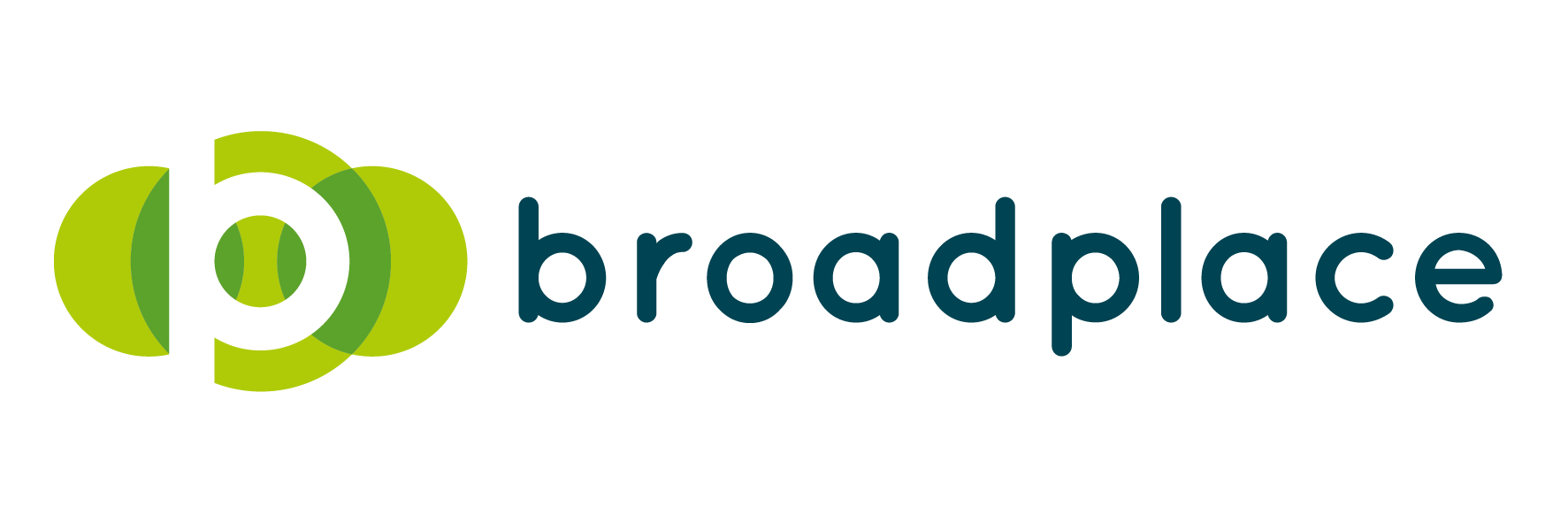What are Dynamic Search Ads?
Ideal for advertisers with a large website or inventory of products, Dynamic Search Ads (often referred to as ‘DSAs’) use your website content to target your ads, and can help to plug in the gaps of your existing keyword based campaigns.
DSAs consist of headlines and landing pages that are dynamically created using content from your website, helping to keep your ad copy relevant and saving time, you just need to add your own descriptions.

When a user searches Google with terms that are closely related to those that appear in your website content, Google Ads will match the search terms to the website content to select a relevant landing page and headline for the ad.
There are downfalls though, with limited control over the ad copy, you can face difficulties when you have strict brand guidelines.
Some advertisers also find that the results of their DSAs can be unpredictable, serving ads for terms that are very loosely related to their service or products.
In this post, we’re going to talk you through the best practices when setting up DSAs, and the ongoing optimisations that are imperative to a successful DSA strategy.
If you’re already running these in your Google Ads account, then the following tips will be sure to help you to improve your DSA performance.
1. Optimise your website for Dynamic Search Ads
We know that Google crawls your website pages in order to determine which terms to appear for within DSAs and to generate dynamic headlines, so it’s important to ensure that your website is fully optimised for this.
When reviewing your website in preparation for a DSA strategy you should make sure:
- That all your landing page content is valuable and well-written
- It has relevant page titles that are appropriately labelled, making it easy for Google to pull this content from your pages
- All the information and offers on your page are up to date
2. Implement Smart Bidding
Smart bidding strategies work at a search query level, optimising bids based on multiple factors within each individual search that your ads appear for.
Using a Smart Bidding strategy with your DSAs is the best way to optimise for conversions.
As long as your website is optimised with plenty of relevant content, your DSAs are likely to bring in a high level of search volume, and it can be impossible for a human to keep up with all the individual searches that lead to a conversion.
This amount of search and conversion data, paired with smart bidding is more likely to result in successful performance than manual bidding as it has the ability to keep up with large search volumes.

3. Optimise your DSA structure
Historically, advertisers have only been able to create DSAs in a campaign separate from traditional keyword campaigns.
More recently, we now have the ability to create DSA ad groups within our existing keyword-based campaigns.
When paired with smart bidding, it’s recommended to implement DSAs at the ad group level in order to build more data in a single campaign for the campaign’s bidding strategy.
Ad group level DSAs also ensure that search term themes are within the same campaigns, making it easier to manage when it comes to reporting on particular product and service categories and adding negative keywords.
Now that DSAs can be created at the ad group level, you can leverage this feature by creating a highly structured ad group based on the most specific levels of product or service categories. Creating separate ad groups for specific categories of items allows you to write highly targeted and specific descriptions and allows more control over ad copy.
4. Apply Audiences
Whether you opt to use smart bidding on your campaign or not, applying audiences is a great way to optimise your DSAs.
You can apply audiences as an observation. This means that you dont’ bid on them straight away. Instead you observe their behaviour and can manually make bid adjustments based on the data or let your Smart Bidding strategy take care of that.
Alternatively, you can apply audiences to target. This means that your ads are solely served to users that are a part of the applied audience. This can be helpful when you don’t have a large budget or you’re looking to target a very niche audience as part of your campaign.

5. Apply Negative Keywords
Since DSAs are well-known for generating high levels of search volume and keyword coverage, they also often generate irrelevant traffic.
To avoid this, it’s important to regularly review the terms your DSAs are appearing for and add negative keywords to your campaigns or ad groups.
If you have a set of high-performing exact-match keywords in your traditional keyword campaigns, it’s a good idea to add these as negatives to your DSAs.
This ensures that the ad copy and landing pages for your highest-performing terms remain controlled.
Adding top performing terms as negatives also allows for better reporting, as they won’t get lost within your DSA ad group reporting, which will likely have a high volume of differing search terms.

Start maximising your search potential with Google’s Dynamic Search Ads today
Dynamic Search Ads are such a powerful way to plug in the gaps of your existing keyword-based campaigns.
And now that you’re armed with our top tips, you’ll be sure to get the most out of your DSAs.
As with all Google Ads campaigns, it’s important to regularly review the performance of your DSAs. This will help you to keep on top of all the tips we’ve mentioned above, whether it’s adding negative keywords or applying new observing audiences.

